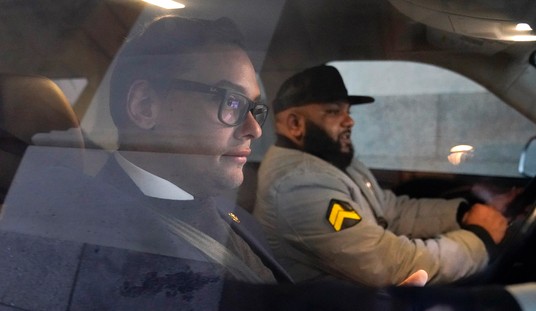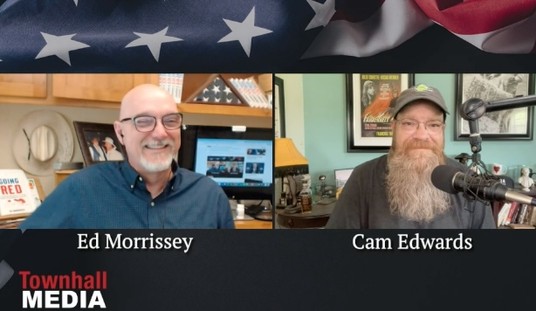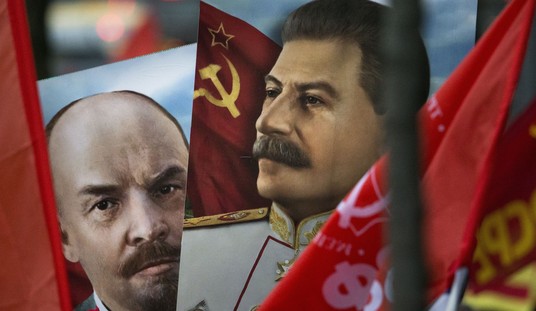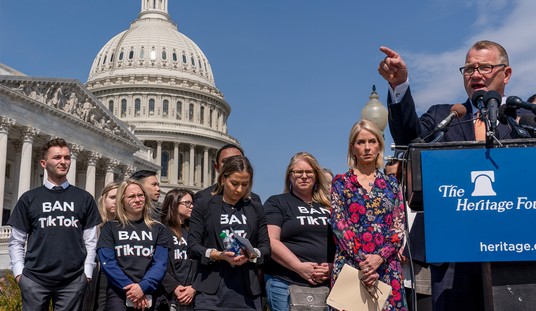On the second night of CPAC, at the Ronald Reagan banquet to honor Wisconsin Gov. Scott Walker, ACU Chairman Al Cardenas asked all the attendees to stand — and then sit down gradually according to how many CPACs they had attended. I was among the first group to sit. Before this year, I had never had the opportunity to attend the conference in person. As it turns out, physical presence counts. An indefinable energy courses through the conference. So many personalities in a single place creates productive friction, serves as a powerful reminder that it’s possible to approach conservatism from countless angles. My top five lessons are drawn primarily from what I observed of the atmosphere — not from the texts of preplanned remarks. With that, I give you the list:
5. Conservatives might share certain core ideas, but no two individuals are alike. That means, then, that no two conservatives are exactly alike. One attendee’s favorite speech might be another’s best background for a nap. It’s good to remember that in the quest to develop and support conservative candidates for House, for Senate, for president. If our definition of a conservative is “someone who thinks exactly like me,” we’ll never be satisfied that a candidate is a conservative. If, instead, our definition of a conservative is broader — a proponent of limited government, say, or something similar — then we’ll be more apt to find a candidate to support.
4. Goethe was right when he admonished individuals to balance thought and action in their lives. The poet wrote: “Once one knows what really matters, one ceases to be voluble. And what does really matter? That is easy: thinking and doing, doing and thinking — and these are the sum of all wisdom. Both must move ever onward in life, to and fro, like breathing in and breathing out. Whoever makes it a rule to test action by thought, thought by action, cannot falter, and, if he does, will soon find his way back to the right road.” Unless we take action on our ideas, they are incomplete. For how long now have conservatives written that entitlements need to be reformed, that the debt must be reduced? Yet, here we are, still fighting the same battles. That’s not to discount the many successes of the conservative movement nor to suggest that the day will ever come when we’ll be able to stop fighting (progressives are persistent!), but I think it’s good to remember that if every conservative organization actually did manage to do its job perfectly, the organizations themselves could dissolve. We’d have no need of groups to advocate incessantly for entitlement reform or debt reduction or any other pet conservative cause. Perfection isn’t possible, but action is. We say all the time that we must win the 2012 elections on the basis of our ideas — but it will take action to disseminate those ideas door to door and to turn voters out at the polls. It’s productive to come together amongst ourselves and discuss and debate our differences as at CPAC or through the primary process, but then we need to test our thought by action. The time is ripe to pick candidates to support in the upcoming elections and to take action on their behalf.
3. Friendships based on common principles are especially valuable. I have friends whose company I enjoy because we share superficial interests; we like to eat the same food, play the same games, watch the same sports, shop the same stores, etc. I also have friends whose company I enjoy because we share ideas. My friends in the conservative movement belong to the second camp and my attachment to them runs deeper because I know we’re not undermining each other out in the world. We’re working for the same causes. While Lesson 5 dictates that I shouldn’t expect any of my friends to share 100 percent of my ideas — and to recognize that that just keeps me sharp, this lesson reminds me that a true community is defined less by physical proximity and more by sympathetic aims. Physical proximity helps — but it’s not enough to really bind hearts and minds together.
2. It’s said all the time that culture is upstream from politics. It’s really true. Not a lot of A-list Hollywood celebrities were present at CPAC, but a few famous folks were there. For that matter, just a handful of comedians, musicians and other entertainers of any degree of fame were there — and, to judge by the attention they received, conservatives are still hungry for culture. As I’ve written before, we don’t need conservative art, but we do need conservatives to create. It’s a subtle distinction, but it matters. CPAC definitely has me thinking about ways to encourage conservatives to go into the arts.
1. Most importantly of all, the biggest ideas don’t necessarily come from the biggest names. One of my favorite panels of the conference came on the last day, when a handful of Tea Party activists compared and contrasted the Tea Party movement with the Occupy Wall Street movement. Former stay-at-home mom Jennifer Stefano, in particular, stood out to me; she’s got more pep than Vitamin C, and her grasp of the stakes in the 2012 election came through in her every expression and word. On the same panel, Dana Loesch said it best, “Don’t let anybody tell you you’re any less important than any one else in this movement because it’s not true.” Conservatism appeals to me because it respects the individual and seeks as its goal nothing more nor less than human flourishing. To conservatives, every single person matters. Who wouldn’t want to be a part of this movement?








Join the conversation as a VIP Member